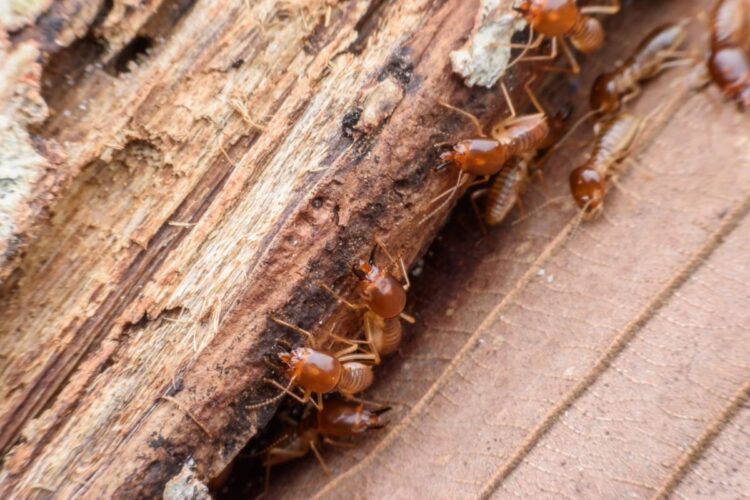Termites are highly destructive pests that can cause extensive damage to homes and structures if left unchecked. To effectively control and prevent termite infestations, it is essential to have a comprehensive understanding of their behavior. In this article, we will delve into the key insights about termite behavior that will aid in effective termite control melbourne.
Termite Behavior and Characteristics
Termites are social insects that live in large colonies. They have distinct characteristics that set them apart from other pests. Termites are often pale or white in color, have straight antennae, and possess soft bodies. Understanding these characteristics can help in proper identification and differentiation from other insects.
Colony Structure and Roles
Termite colonies consist of different castes, each with specific roles and responsibilities. The three primary castes are:
- Workers: Workers are the most numerous caste and are responsible for tasks such as foraging, feeding, and building tunnels.
- Soldiers: Soldiers have larger heads and powerful jaws used for defending the colony against predators.
- Reproductives: Reproductives include the king and queen and are responsible for reproducing and establishing new colonies.
Understanding the caste structure and the specific tasks assigned to each caste can provide insights into the dynamics of termite colonies.
Feeding Habits
Termites are primarily known for their ability to feed on cellulose-based materials. They can cause significant damage to wood, paper, and other plant-based products. However, some species of termites also feed on other materials, such as plastic or insulation, posing a threat to various components of structures.
Nesting and Reproduction
Termites construct elaborate nests, which serve as their homes and breeding grounds. These nests can be found both above and below ground, depending on the termite species. Understanding termite nesting habits and locations is crucial for effective control and prevention strategies.
Reproduction occurs within the termite colony, with the queen being responsible for laying eggs. Termite colonies can produce large numbers of eggs, contributing to the rapid growth and expansion of infestations if not addressed promptly.
Detection and Signs of Infestation
Detecting termite infestations early is vital for effective control. Look out for common signs of termite activity, such as:
- Mud tubes or tunnels on walls or foundations.
- Wood damage, including hollowed-out or sagging wood.
- Discarded wings near windowsills or light sources.
- Presence of termite droppings, also known as frass.
Regular inspections by professionals can help identify infestations even before visible signs become apparent.
Effective Control Measures
When termite infestations occur, various control measures can be implemented:
- Chemical treatments: Professional-grade termiticides can be applied to the soil around the structure or directly to infested areas to eliminate termites.
- Baiting systems: Bait stations containing slow-acting toxic substances are strategically placed to attract termites, which then carry the poison back to the colony.
- Wood treatments: Wood treatments involve applying termiticides directly to wooden components to deter or kill termites.
- Physical barriers: Physical barriers, such as stainless steel mesh or sand barriers, can be installed to prevent termite entry.
Conclusion
Understanding termite behavior is crucial for effective termite control. By familiarizing yourself with their characteristics, nesting habits, feeding patterns, and signs of infestation, you can take proactive measures to prevent termite infestations and implement appropriate control methods when necessary. Regular inspections by professionals and timely intervention are key to protecting your property from the destructive nature of termites.


